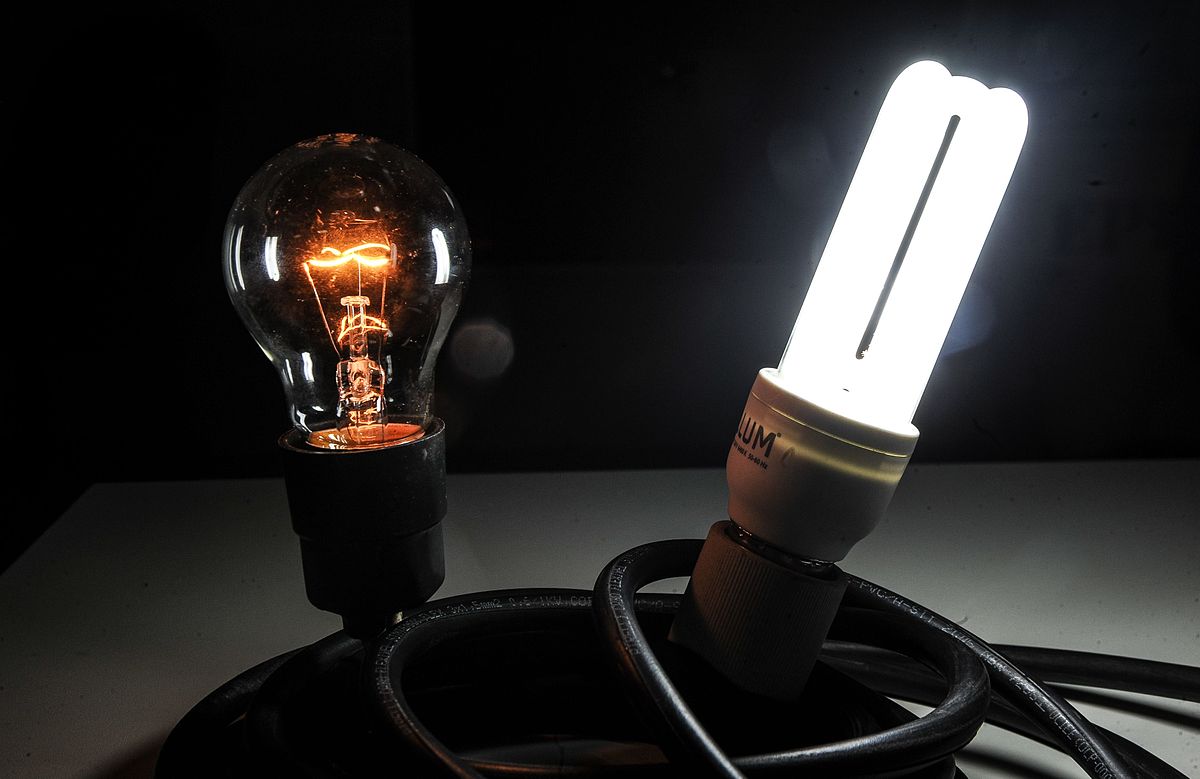

Articles
What Does A Light Bulb Represent
Modified: May 6, 2024
Discover the symbolism and meaning behind a light bulb as a representation of ideas and inspiration in this captivating article on articles.
(Many of the links in this article redirect to a specific reviewed product. Your purchase of these products through affiliate links helps to generate commission for Storables.com, at no extra cost. Learn more)
Introduction
The invention of the light bulb revolutionized the way we live and work, illuminating our homes and streets and paving the way for advancements in technology and industry. A simple yet powerful creation, the light bulb has become a symbol of innovation and progress.
In this article, we will explore the fascinating history of light bulbs, from their early beginnings to the diverse range of bulbs available today. We will delve into the different types of light bulbs and their energy efficiency, as well as the symbolism light bulbs hold in art and literature.
So, join us on this illuminating journey as we shed light on the captivating world of light bulbs.
Key Takeaways:
- The light bulb symbolizes innovation, enlightenment, and progress, transcending its practical function to inspire art, literature, and social commentary. Its evolution from incandescent to energy-efficient LED bulbs reflects a sustainable future.
- Light bulbs hold rich symbolic meanings, representing ideas, creativity, hope, and the illumination of truths. They serve as metaphors for change, social commentary, and inspire new perspectives in art and literature.
Read more: What Does Purple Candles Represent
History of Light Bulbs
The desire for artificial light has been around for thousands of years. From early civilizations using oil lamps and candles to light their way, to the development of gas lighting in the 18th century, humans have always sought ways to bring light into the darkness.
However, it wasn’t until the late 19th century that the modern light bulb as we know it today was invented. The journey to this groundbreaking invention was filled with trial and error, as inventors searched for the perfect combination of materials to create a reliable and long-lasting source of light.
One of the earliest pioneers in the field of electric light was English chemist Sir Humphry Davy. In 1802, he created the first electric arc lamp by connecting two strips of charcoal to a battery. While this was a significant breakthrough, arc lamps were limited in their practicality and were mainly used for outdoor lighting.
It was American inventor Thomas Edison who made the most significant contribution to the development of the light bulb. In the late 1870s, Edison and his team experimented with various materials for the filament, including bamboo, platinum, and carbonized paper. After countless hours of testing, they finally discovered that a carbonized bamboo filament could withstand high temperatures and emit a steady light for extended periods.
In 1879, Edison patented his incandescent light bulb, which utilized a carbon filament housed in a glass bulb filled with inert gas to prevent the filament from oxidizing. This groundbreaking invention quickly gained popularity, replacing gas lighting in homes and businesses.
While Edison is often credited with inventing the light bulb, it’s important to note that he built upon the work of many other inventors who came before him. Notable figures such as Warren de la Rue, Joseph Swan, and Nikola Tesla also made significant contributions to the development of electric lighting.
With the invention of the incandescent light bulb, a new era dawned, transforming the world and setting the stage for further advancements in lighting technology.
Invention of the Incandescent Light Bulb
The invention of the incandescent light bulb was a game-changer in the world of lighting. It provided a practical and reliable source of artificial light, revolutionizing various industries and greatly improving the quality of life for people around the world.
As mentioned earlier, Thomas Edison is often credited with inventing the incandescent light bulb. However, it’s important to note that he built upon the work of previous inventors and made critical improvements that led to a commercially viable product.
Edison’s journey towards the creation of the incandescent light bulb was a long and arduous one. It took numerous experiments and countless failures before he finally achieved success.
One of the key challenges in developing a functional light bulb was finding the right material for the filament. The filament needed to emit light when heated and withstand the high temperatures without burning out. Edison and his team tried various materials, including platinum and carbonized paper, before discovering that a carbonized bamboo filament worked best.
With the filament material problem resolved, Edison turned his attention to the design of the bulb itself. He experimented with different shapes and sizes, eventually settling on a pear-shaped glass bulb, which allowed for better distribution of light.
In addition to the filament and bulb design, Edison also had to address another significant hurdle – finding the right gas to fill the bulb. Initially, he used a vacuum to create a low-pressure environment inside the bulb to prevent the filament from burning out. However, he later realized that filling the bulb with an inert gas, such as nitrogen or argon, would further increase the lifespan of the filament.
After years of experimentation and refinement, Edison filed for a patent for his incandescent light bulb in 1879. His invention was an immediate success, lighting up homes, businesses, and streets around the world. Edison went on to establish the Edison Electric Light Company to mass-produce and distribute his innovative product.
While Edison’s incandescent light bulb laid the foundation for modern lighting, it also had its drawbacks. The filament consumed large amounts of energy, making the bulbs relatively inefficient. Moreover, they had a limited lifespan, often requiring frequent replacements.
Despite these limitations, Edison’s incandescent light bulb paved the way for further advancements in lighting technology. It served as a catalyst for research and development, leading to the creation of more energy-efficient and durable light bulbs in the years that followed.
Evolution of Light Bulb Technology
Since the invention of the incandescent light bulb, lighting technology has continued to evolve and improve. Innovations in materials, design, and energy efficiency have led to the development of a wide range of light bulbs that cater to different needs and preferences.
One significant advancement came in the form of the fluorescent light bulb. In the 1930s, French inventor Georges Claude introduced the fluorescent lamp, which used mercury vapor and phosphor coatings to produce light. These bulbs were more energy-efficient and had a longer lifespan compared to incandescent bulbs. However, they were initially limited to industrial and commercial applications due to their large size and high cost.
In the 1990s, compact fluorescent lamps (CFLs) were introduced, making fluorescent lighting more accessible to consumers. CFLs were much smaller and more affordable than their predecessors, making them a popular choice for residential use. They offered energy savings and longer lifespans, making them a more environmentally friendly option.
Another significant milestone in light bulb technology was the development of the light-emitting diode (LED) bulb. LEDs use a semiconductor diode to produce light when an electric current passes through it, resulting in highly efficient and long-lasting bulbs.
Initially, LEDs were primarily used for indicator lights in electronics due to their low power consumption and durability. However, advancements in LED technology allowed for the production of brighter and more efficient bulbs, making them suitable for general lighting purposes.
LED bulbs have numerous advantages over traditional incandescent and fluorescent bulbs. They consume significantly less energy, have a longer lifespan, and provide better control over brightness and color temperature. This has led to their widespread adoption in residential, commercial, and outdoor lighting applications.
The evolution of light bulb technology has also seen the introduction of smart bulbs. These bulbs can be controlled and customized using smartphone apps or connected to virtual assistants like Amazon Alexa or Google Assistant. Smart bulbs offer features like dimming, color changing, and scheduling, enhancing convenience and energy efficiency.
In recent years, there has been a growing emphasis on energy-efficient lighting solutions. Governments and organizations worldwide have been promoting the use of energy-efficient bulbs, such as CFLs and LEDs, to reduce electricity consumption and combat climate change.
As light bulb technology continues to advance, researchers are exploring new possibilities, such as organic light-emitting diodes (OLEDs) and even more efficient LED designs. These innovations promise to further improve energy efficiency, lifespan, and quality of light, paving the way for a greener and brighter future.
Types of Light Bulbs
Over the years, a wide variety of light bulbs have been developed to cater to different lighting needs, preferences, and energy efficiency requirements. Let’s explore some of the most common types of light bulbs available today:
- Incandescent Bulbs: These are the traditional light bulbs that were popularized by Thomas Edison. They produce light by heating a filament inside a bulb. Incandescent bulbs are inexpensive but less energy-efficient compared to newer options.
- Halogen Bulbs: Halogen bulbs are similar to incandescent bulbs but have a halogen gas filling that extends their lifespan. They produce a bright, white light and are commonly used in accent lighting and task lighting fixtures.
- Compact Fluorescent Lamps (CFLs): CFLs are a more energy-efficient alternative to incandescent bulbs. They use gas and a phosphor coating inside a tube to produce light. CFLs are available in various shapes and sizes and can fit into most standard sockets.
- Light-Emitting Diode (LED) Bulbs: LED bulbs are becoming increasingly popular due to their energy efficiency and long lifespan. They use a semiconductor diode to emit light and are available in a wide range of shapes, colors, and brightness levels. LEDs are highly versatile and can be used for general lighting, accent lighting, and even decorative purposes.
- Fluorescent Tubes: Long, tubular fluorescent bulbs are commonly used in commercial and industrial settings. They provide bright and efficient lighting for large areas such as offices, warehouses, and retail spaces.
- High-Intensity Discharge (HID) Bulbs: HID bulbs are typically used for outdoor and specialty lighting applications. They produce light by passing an electric current through a gas or a mixture of gases. HID bulbs are commonly used in streetlights, stadiums, and large outdoor areas.
- Smart Bulbs: Smart bulbs are a recent innovation in the lighting industry. These bulbs can be controlled and customized using smartphone apps or connected to home automation systems. They offer features such as dimming, color changing, and scheduling, providing convenience and energy efficiency.
Each type of light bulb has its own advantages and considerations, including energy efficiency, lifespan, color temperature, and compatibility with different fixtures. When selecting a light bulb, it’s important to consider your lighting needs, desired ambiance, and energy-saving goals.
It’s also worth mentioning that some light bulb types, like incandescent bulbs, are being phased out or restricted in certain countries due to their low energy efficiency. This is part of a global effort to promote more sustainable lighting options and reduce energy consumption.
With the wide variety of light bulbs available, you can easily find the right one to suit your lighting requirements and contribute to a more energy-efficient future.
A light bulb represents innovation and creativity. It is a symbol of new ideas and inspiration. When discussing the meaning of a light bulb, consider its role in sparking new thoughts and solutions.
Read more: What Does A Red Light Bulb Mean
Energy Efficiency of Light Bulbs
As the world becomes more conscious of the need to reduce energy consumption and combat climate change, the energy efficiency of light bulbs has become a significant consideration for consumers. Let’s explore the energy efficiency of different types of light bulbs:
Incandescent Bulbs: Incandescent bulbs have poor energy efficiency. They waste a significant portion of the energy they consume by emitting heat rather than light. In fact, up to 90% of the energy consumed by an incandescent bulb is wasted as heat, making them highly inefficient. As a result, many countries have phased out or restricted the use of incandescent bulbs.
Halogen Bulbs: While halogen bulbs are more efficient than incandescent bulbs, they still have relatively low energy efficiency. They emit more light and less heat compared to incandescent bulbs, but they are still not as energy-efficient as other options on the market.
Compact Fluorescent Lamps (CFLs): CFLs are significantly more energy-efficient than incandescent and halogen bulbs. They use about 70-80% less energy and can last up to 10 times longer. CFLs can provide the same amount of light as incandescent bulbs while using a fraction of the energy, making them a popular choice for energy-conscious consumers.
Light-Emitting Diode (LED) Bulbs: LED bulbs are currently the most energy-efficient lighting option available. They use up to 80% less energy than incandescent bulbs and have an exceptionally long lifespan. LED bulbs are highly versatile, providing high-quality light while consuming minimal energy. They are perfect for both residential and commercial applications, and their efficiency has contributed to significant energy savings worldwide.
Fluorescent Tubes: Fluorescent tubes are more energy-efficient than incandescent bulbs but not as efficient as CFLs or LEDs. They provide a good balance between energy savings and light output, making them a popular choice for larger spaces and commercial settings.
It’s important to note that energy efficiency is not the only factor to consider when selecting a light bulb. Factors such as color temperature, brightness, lifespan, and compatibility with fixtures should also be taken into account. However, choosing energy-efficient bulbs can result in significant savings on energy bills and reduce environmental impact.
In recent years, many governments and organizations have actively encouraged the use of energy-efficient lighting solutions by implementing regulations, providing incentives, and raising awareness about the benefits of these bulbs. This has led to a significant shift in consumer preferences and an increased demand for energy-efficient light bulbs.
Going forward, advancements in lighting technology will continue to focus on improving energy efficiency, reducing environmental impact, and providing high-quality lighting solutions for a more sustainable and energy-conscious world.
The Symbolism of Light Bulbs
Light bulbs hold a symbolic significance beyond their practical function of providing illumination. They have become powerful symbols in various contexts, representing a range of ideas and concepts. Let’s explore some of the symbolism associated with light bulbs:
Ideas and Innovation: Light bulbs are often used as a symbol of ideas and innovation. They represent the spark of inspiration and the moment when a breakthrough idea comes to light. The image of a light bulb turning on is synonymous with a moment of clarity and the birth of a new concept.
Knowledge and Enlightenment: Light bulbs are also commonly associated with knowledge and enlightenment. They represent the pursuit of knowledge, the illumination of the mind, and the acquisition of wisdom. In this context, light bulbs symbolize the quest for learning and the discovery of new insights.
Hope and Inspiration: Light bulbs can be seen as a symbol of hope and inspiration in dark times. They represent the notion that even in the darkest moments, there is always a glimmer of hope. Light bulbs are often used in imagery and art to convey a sense of optimism and the possibility of a brighter future.
Creativity and Imagination: Light bulbs are frequently associated with creativity and imagination. They represent the light of imagination and the birthplace of creative ideas. Light bulbs are often used as symbols in artistic representations to convey the notion of innovative thinking and artistic inspiration.
Energy and Power: Light bulbs symbolize energy and power, both literally and metaphorically. In a literal sense, they represent the energy that powers the bulb and produces light. Symbolically, light bulbs represent the power to illuminate, create change, and make an impact in the world.
Breaking Barriers and Breaking Through: The image of a light bulb breaking through a barrier is often used to symbolize triumph over obstacles and perseverance. It represents the idea of breaking through limitations, challenging the status quo, and overcoming adversity.
Environmental Consciousness: Light bulbs have also gained symbolic value in the context of environmental consciousness. Energy-efficient light bulbs, such as CFLs and LEDs, are used as symbols of sustainable living and a commitment to reducing energy consumption and carbon footprint. They represent a conscious effort to protect the planet and promote eco-friendly choices.
Whether used in art, literature, or as a metaphorical representation, light bulbs hold a rich symbolic meaning. They convey ideas of innovation, knowledge, hope, creativity, and power, making them a versatile symbol that continues to resonate with people around the world.
Light Bulbs in Art and Literature
Light bulbs have emerged as powerful symbols in the realms of art and literature, representing various themes and concepts that resonate with artists and authors alike. Let’s explore the ways in which light bulbs have made their mark in the creative world:
Visual Art: Artists have incorporated light bulbs into their works to create captivating installations and sculptures. The light emitted by these bulbs adds a dynamic and interactive element to the artwork, engaging viewers and evoking emotions. Light bulbs are also used to explore concepts such as the contrast between light and darkness, the passage of time, or the interplay between reality and illusion.
Literature: Authors have utilized light bulbs as potent metaphors and symbols in their literary works. In a metaphorical sense, light bulbs are often used to represent ideas, creativity, and enlightenment. They can symbolize the birth of new thoughts, the illuminating power of knowledge, or the spark of inspiration. Light bulbs can also be employed to highlight themes of hope, progress, and the quest for self-discovery.
Enhancing Atmosphere: The image of a light bulb can be a significant tool for setting a particular atmosphere in a piece of art or literature. By manipulating the brightness, color, or shape of the bulb, artists and authors can evoke different moods and emotions. A dimly lit or flickering bulb can create an atmosphere of mystery or suspense, while a brightly lit bulb can signify clarity or revelation.
Revealing Truths: In literature, light bulbs are often used to symbolize the unveiling of hidden truths or the exposure of secrets. Turning on a light bulb in a story can represent the moment when the protagonist gains a new understanding or when the truth behind a mystery is revealed. Light bulbs can also symbolize the illumination of knowledge that leads to personal growth and self-realization.
Metaphor for Change: Light bulbs are frequently employed as a metaphor for change and progress. Just as a light bulb introduces light into darkness, it represents the potential for transformation and growth. It can symbolize the moment of inspiration that sparks innovation and drives societal change.
Social Commentary: Light bulbs have also been utilized as a vehicle for social commentary in art and literature. They can represent the notion of enlightenment that challenges societal norms, exposes inequality, or provokes critical thought. Light bulbs can be seen as symbols of empowerment and the power to bring about positive change in society.
By incorporating light bulbs into their works, artists and authors evoke powerful imagery and symbolism, capturing the imagination of their audiences and provoking deep reflections. From installations in art galleries to metaphors in novels, light bulbs continue to shine as an enduring source of inspiration for creative minds.
Conclusion
The light bulb has emerged as an iconic symbol of innovation, enlightenment, and progress. From its humble beginnings as the incandescent bulb to the energy-efficient LED bulbs of today, light bulb technology has evolved significantly, providing us with versatile and sustainable lighting options.
Light bulbs have transcended their practical function and found their way into various facets of our lives, including art, literature, and symbolism. They represent the spark of ideas, the pursuit of knowledge, and the power to illuminate both our physical spaces and our minds.
We have explored the fascinating history of light bulbs, from the pioneering work of inventors like Thomas Edison to the latest advancements in LED technology. The invention of the incandescent light bulb revolutionized society, transforming the way we live, work, and interact with our surroundings.
As we move towards a more environmentally conscious future, energy efficiency has become a crucial consideration when choosing light bulbs. CFLs and LEDs offer significant energy savings and longer lifespans, making them the preferred choices for those seeking to reduce energy consumption and carbon footprint.
Beyond their practicality, light bulbs hold symbolic meaning in art and literature. They represent ideas, creativity, hope, and the illumination of truths. They serve as metaphors for change, encourage social commentary, and inspire us to explore new perspectives.
In conclusion, the light bulb is more than just a source of light. It is a testament to human ingenuity, a symbol of progress, and a beacon of inspiration. It continues to light our way forward, guiding us towards a brighter and more sustainable future.
Curious about sprucing up your space with some modern flair? After exploring the diverse roles light bulbs play in our lives, why not consider an upgrade in how you illuminate your home? Our next article delves into stylish and functional LED mirrors that not only brighten rooms but also add a dash of elegance to everyday living. Perfect for those eager to blend practicality with style, these mirrors promise to transform any interior. Don't miss out on learning how effective lighting can elevate your home's ambiance.
Frequently Asked Questions about What Does A Light Bulb Represent
Was this page helpful?
At Storables.com, we guarantee accurate and reliable information. Our content, validated by Expert Board Contributors, is crafted following stringent Editorial Policies. We're committed to providing you with well-researched, expert-backed insights for all your informational needs.
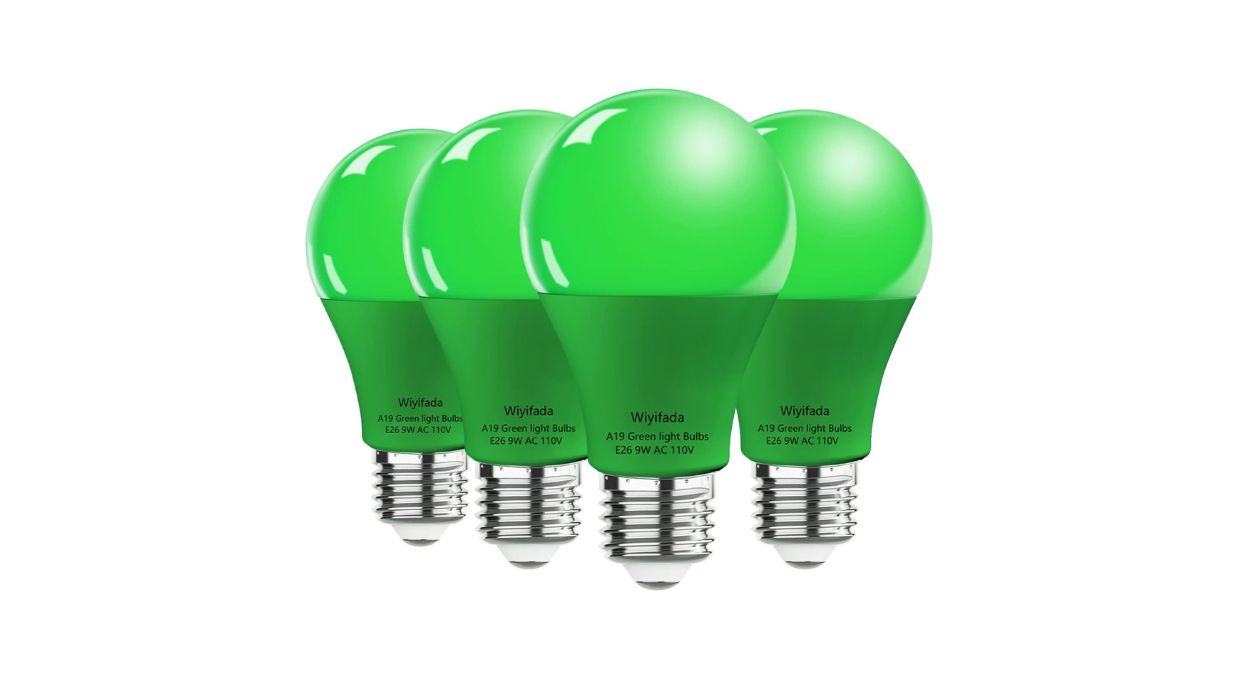
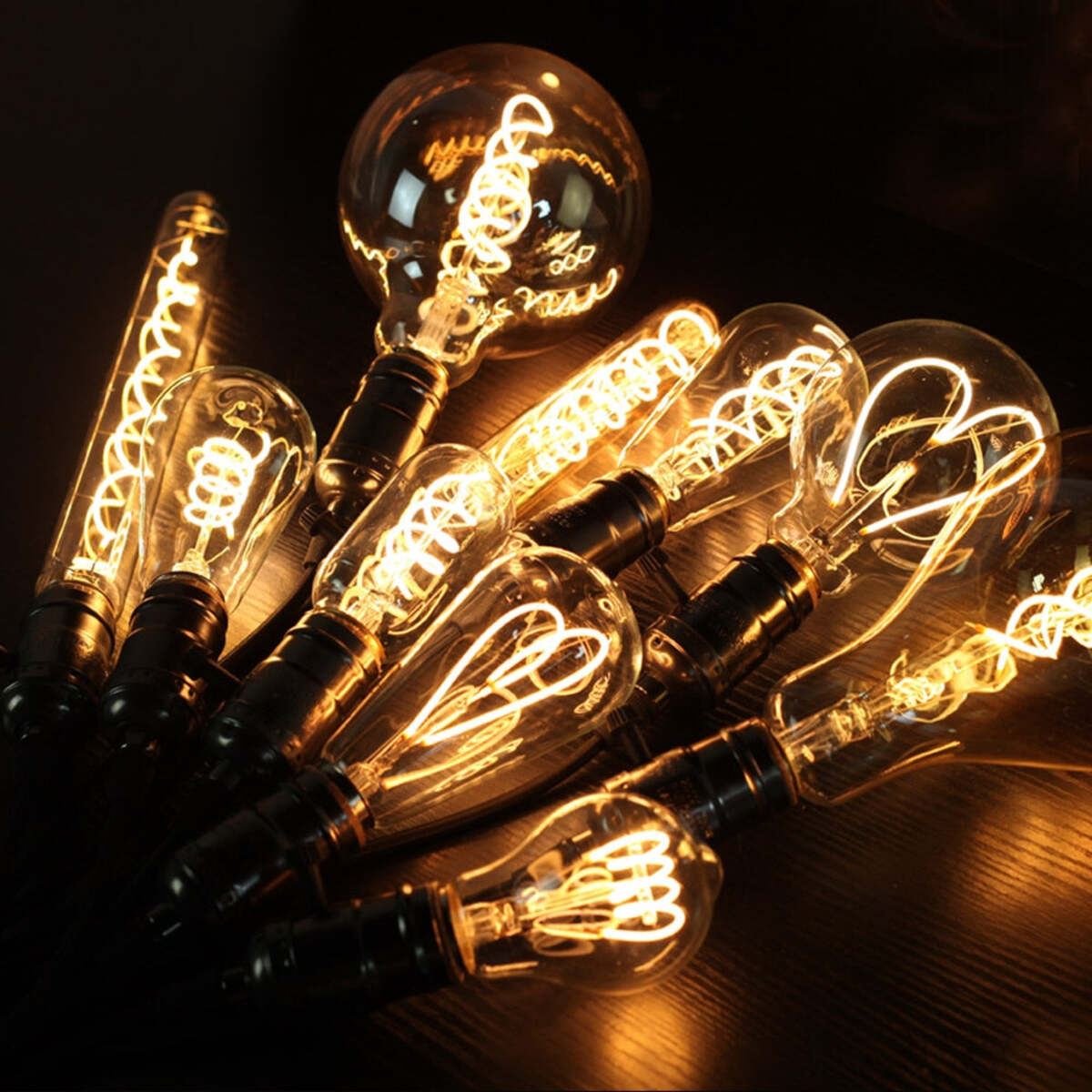

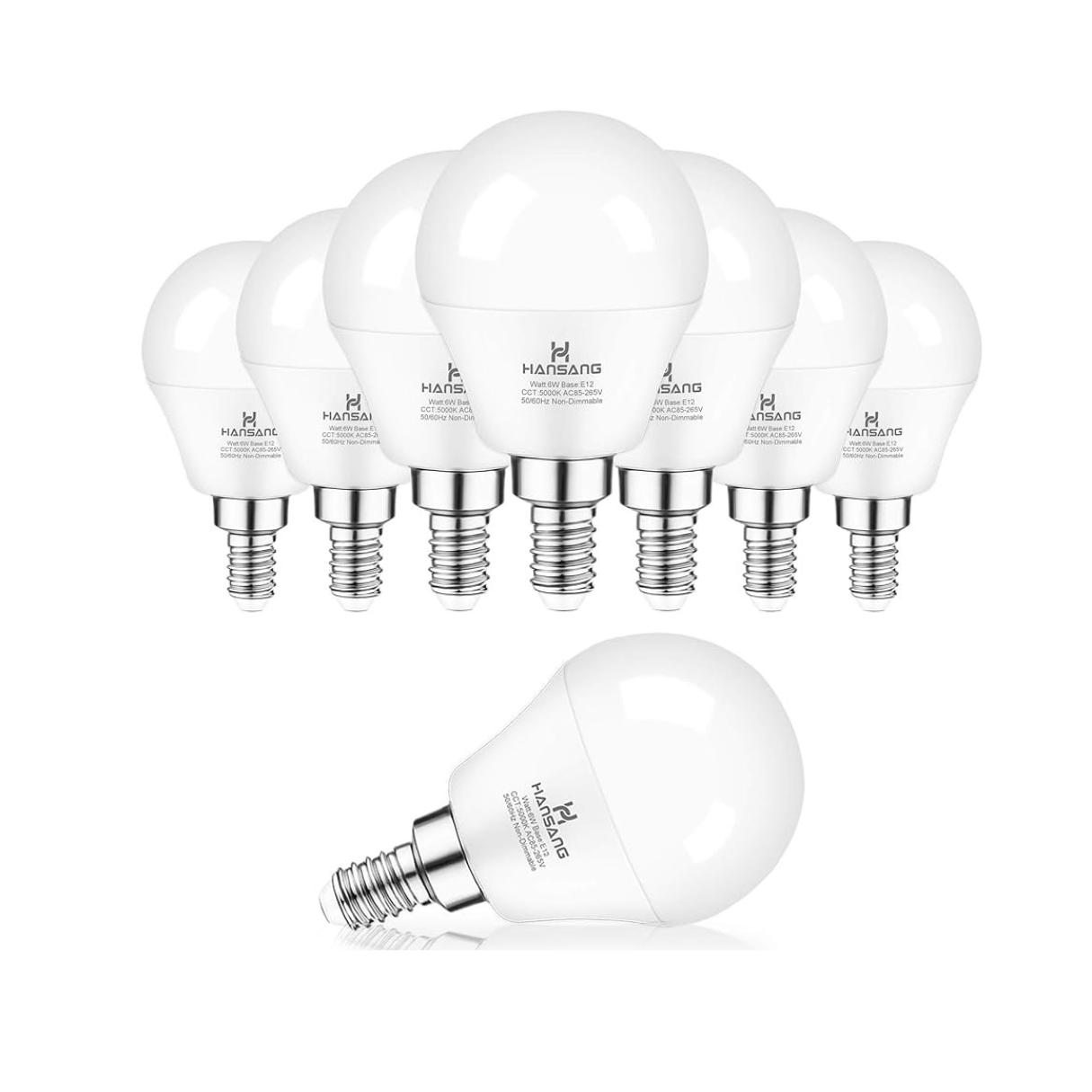

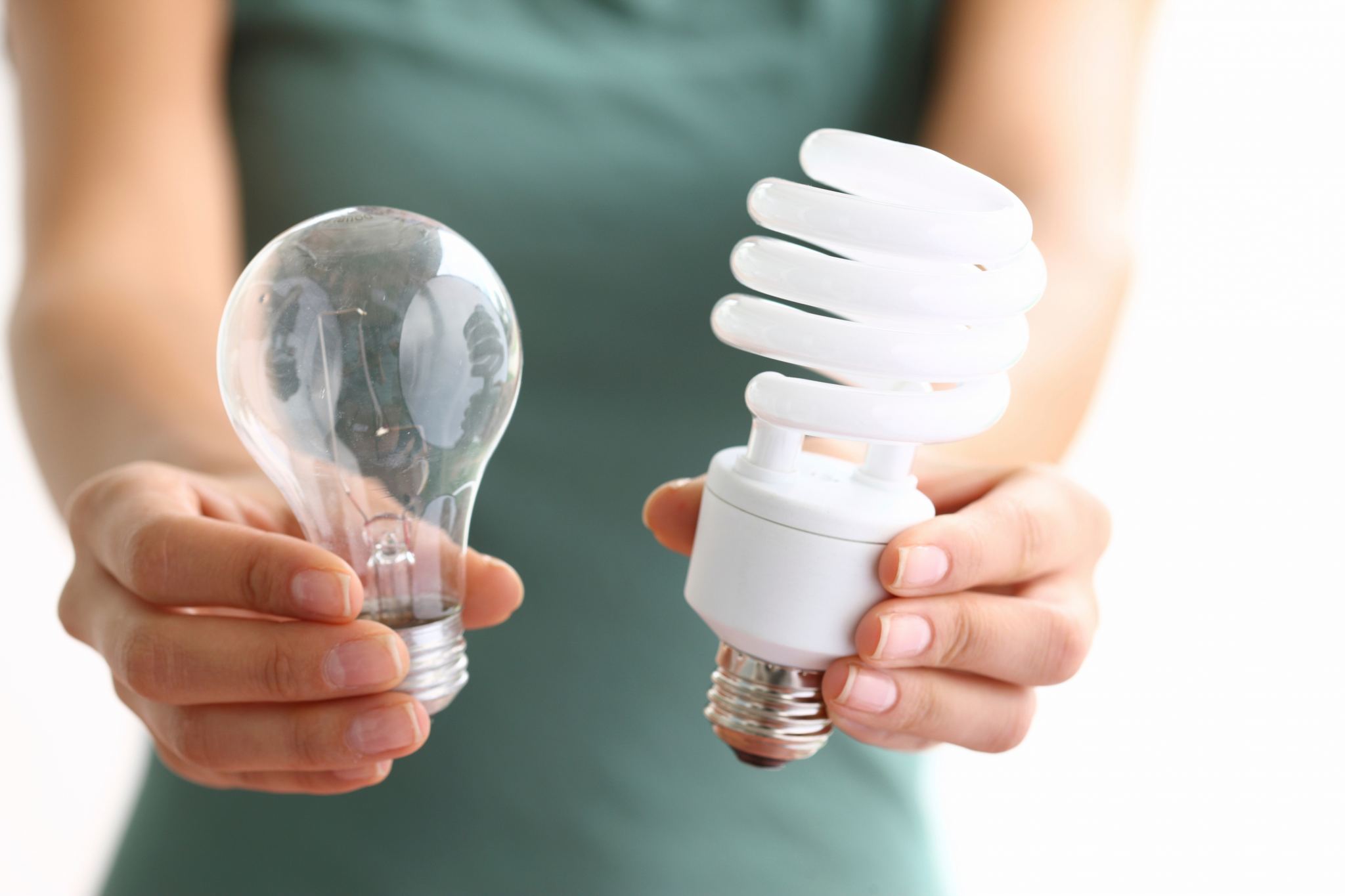
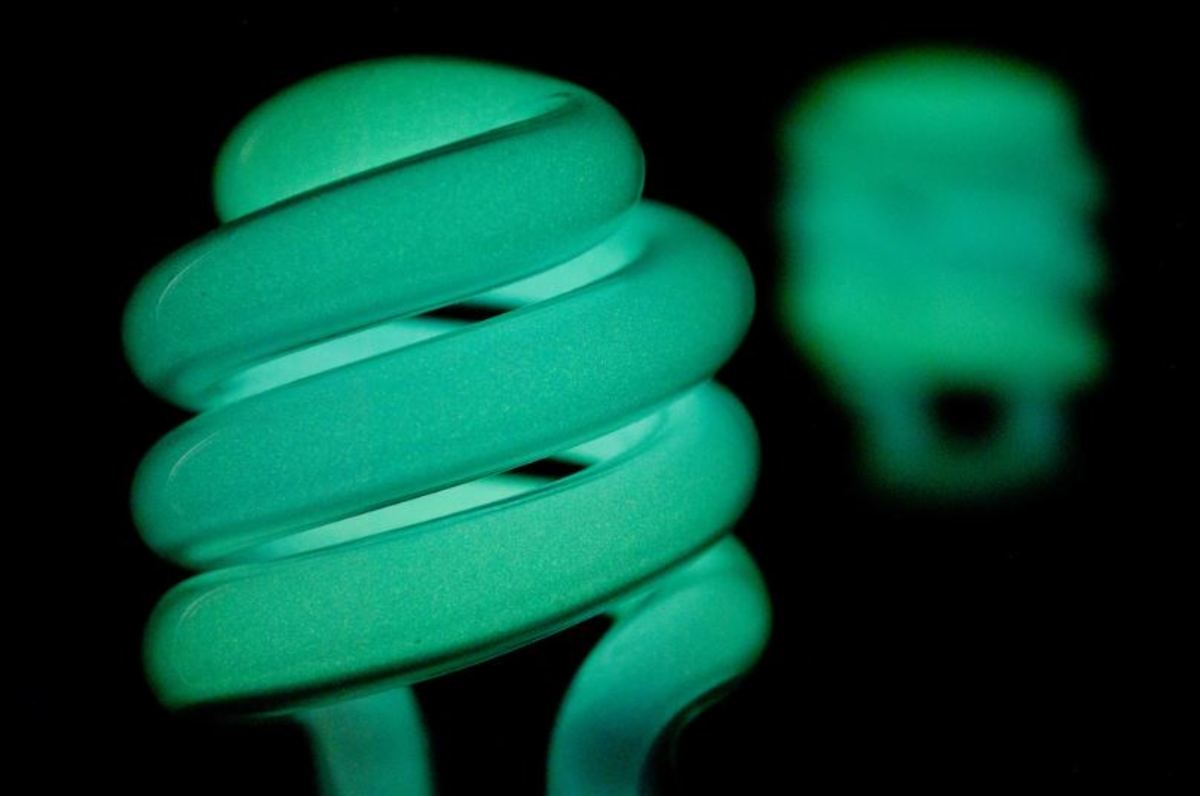

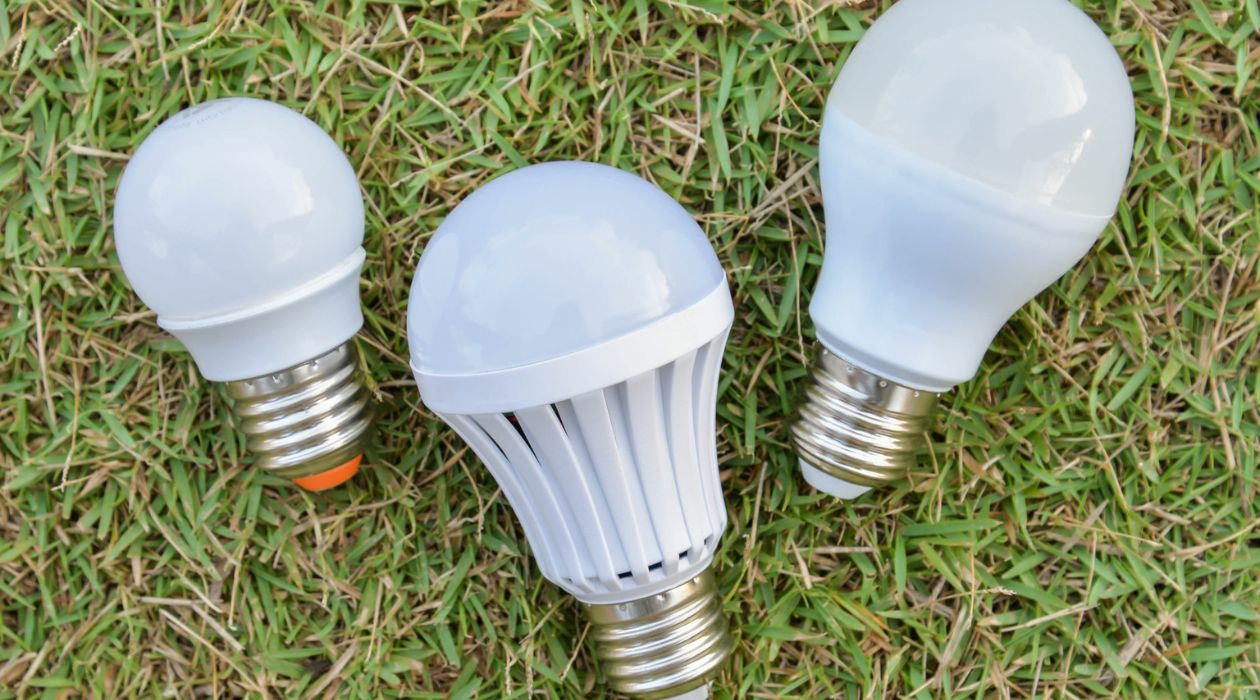
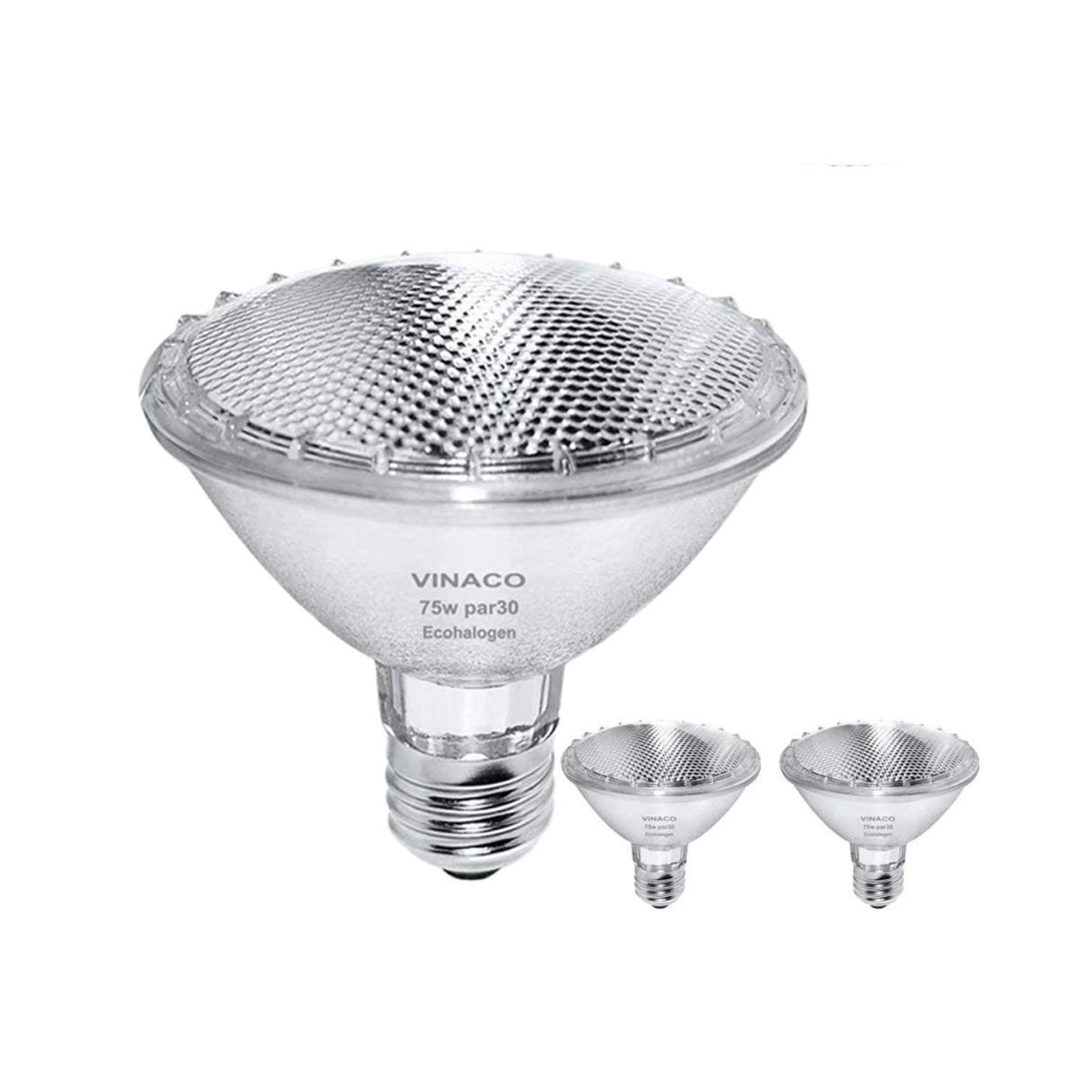
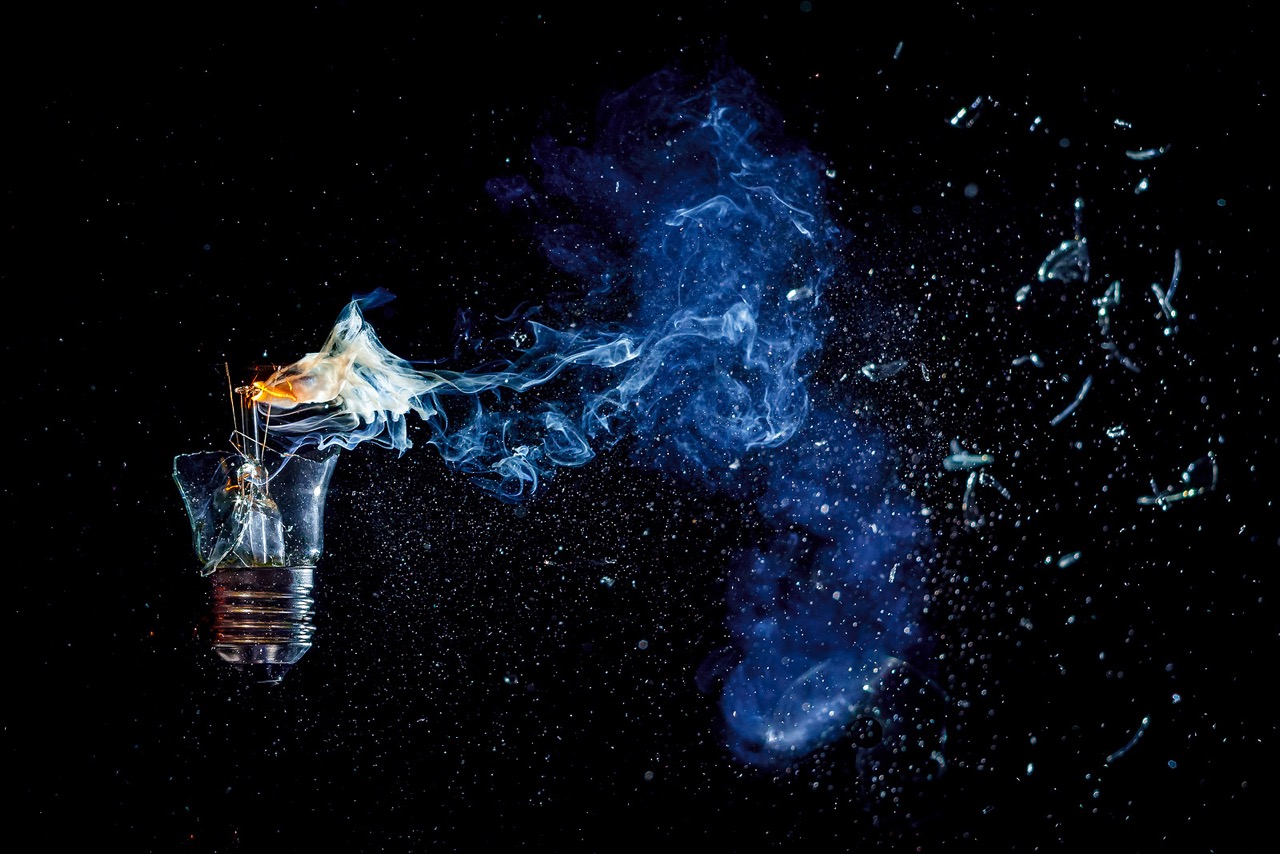
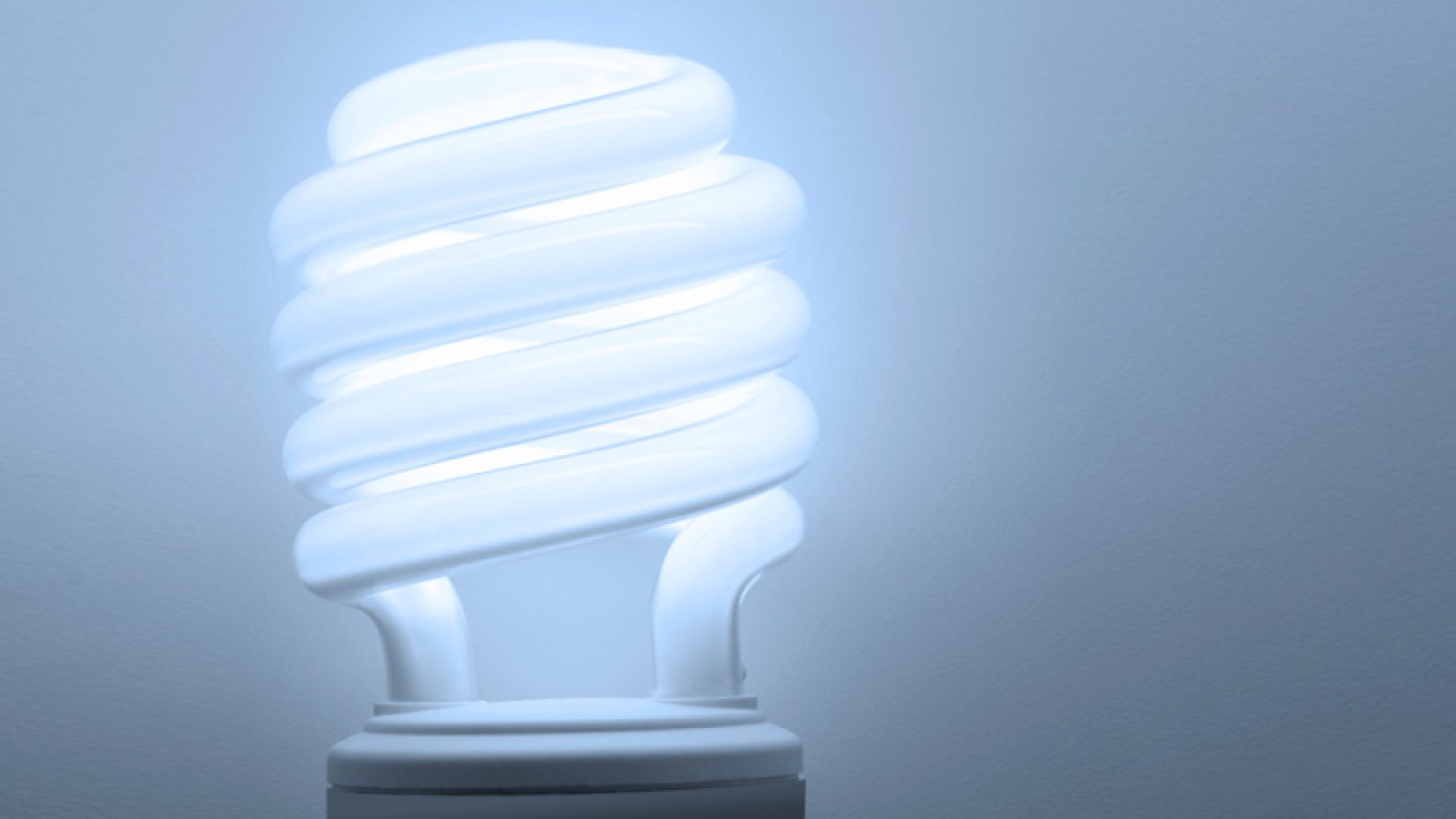
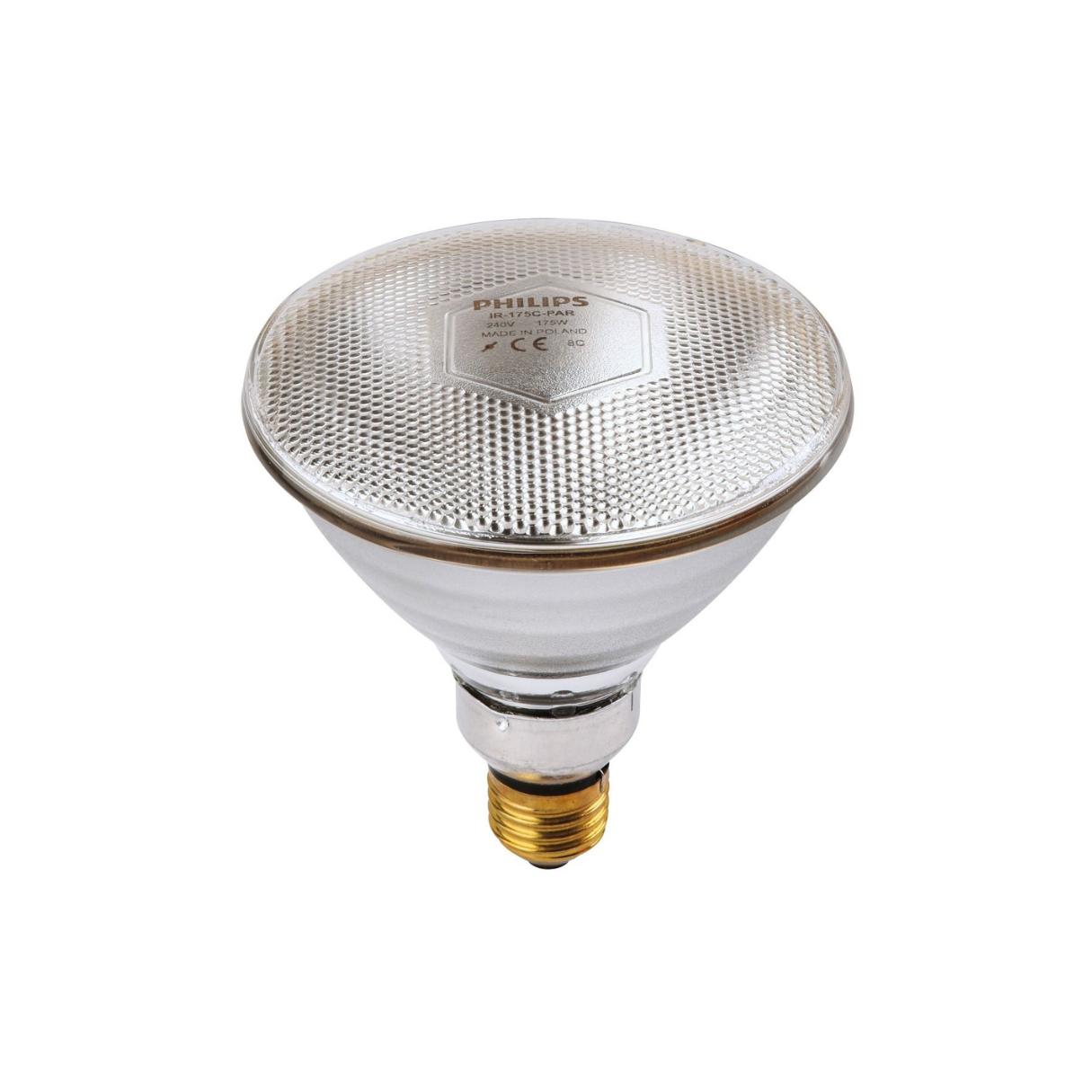
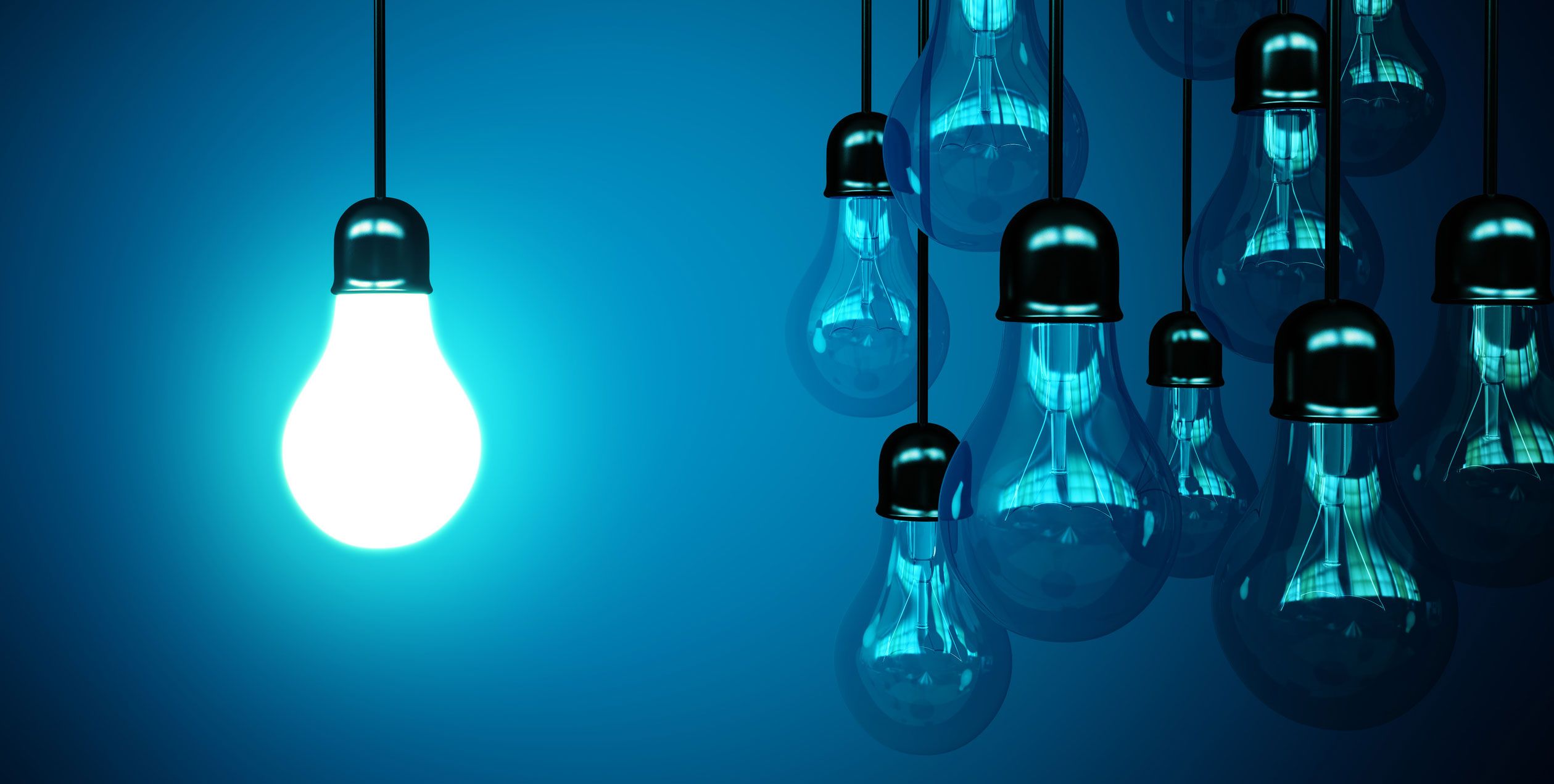

0 thoughts on “What Does A Light Bulb Represent”